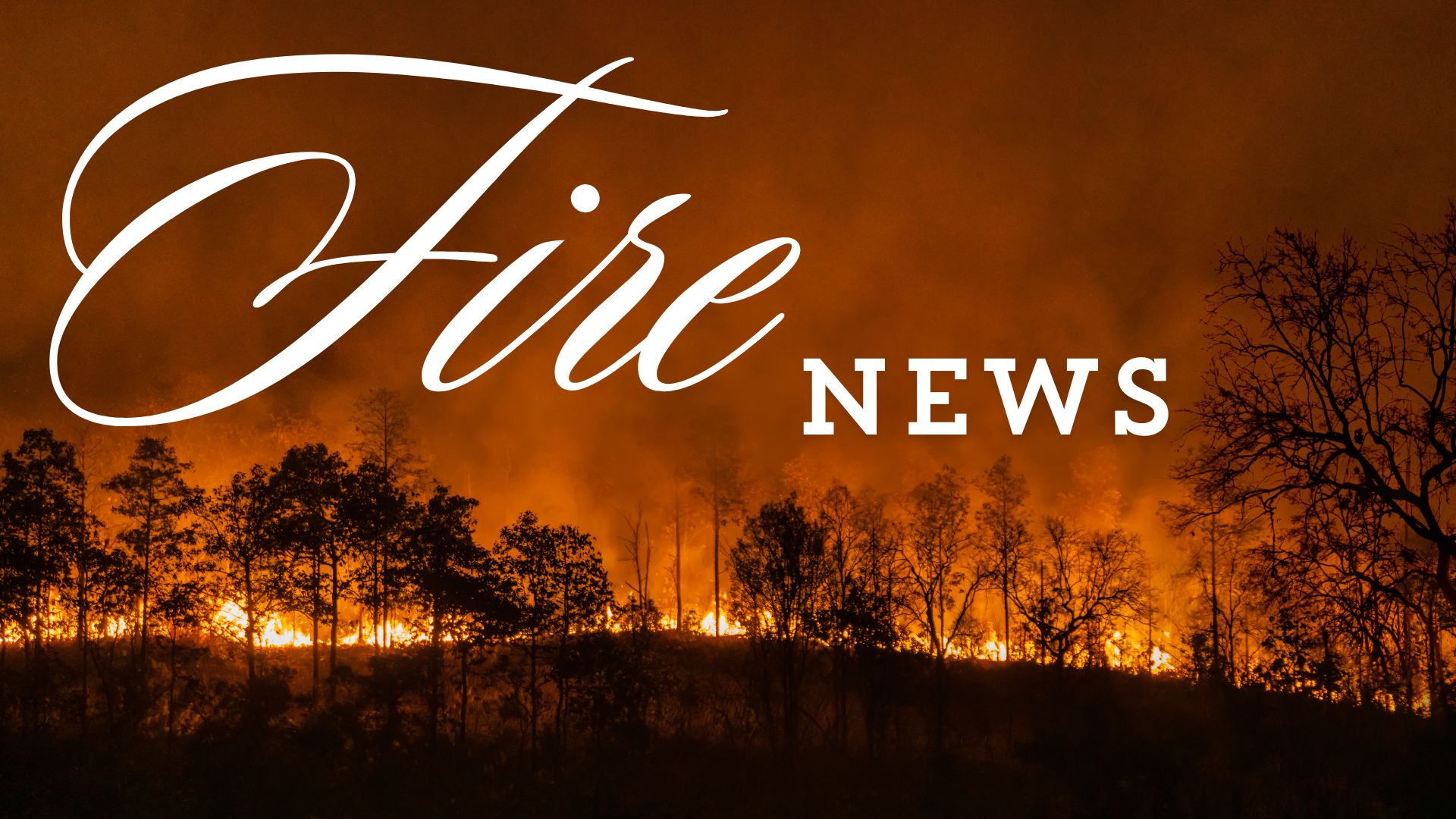Elk Fire swells, Bighorns’ features attribute to growth of blaze

CASPER — Along the northeast edge of the Bighorn National Forest, now draped in smoke, lies the town of Dayton, where incident response teams pore over maps day and night trying to get a read on what Wyoming’s largest active fire will do next.
The Elk Fire continued to grow through Friday morning, reaching 53,346 acres at the time of a noon flyover. With 528 personnel on site, it may be tough for the layman to imagine why the fire is still 0% contained after a week of rapid growth and a steadily increasing flow of resources.
On the ground, it’s the very features that make the Bighorn Mountains one of Wyoming’s most iconic destinations that complicate firefighting efforts. Dense forest, dead timber, sunny weather and steep, rocky slopes all make a fire’s behavior difficult to predict — and more difficult to stop.
Kristie Thompson, a public information officer operating out of the incident response team’s makeshift headquarters in the Tongue River Community Center in Dayton, explained that difficulty on Friday morning.
“There are some areas of this fire that we will never put humans into intentionally, because it is just not safe for our firefighters,” Thompson said. There are “steep canyon. There’s dead down matchstick timber ... we don’t want our crews having to go through that and then all of a sudden have fire come toward them and be trapped.”
Along the fire’s northeast front, a finger is jutting out into grassland. It’s about a mile and a half long going by map scaling, and it cuts along Pass Creek Road. Though fire spreads faster on open grassland — especially with the wind and dryness that plague Dayton right now — that portion is where Thompson and the operations team are most confident in their ability to stop the blaze.
“The good news in regards to grass is that on the northeastern finger is that [it] already burned into the grass a few nights ago, and our crews have been able to put a fire line around it,” Thompson added late Friday morning. “Now, we’re not calling that contained yet; we want to make sure that it will stay within those lines ... but we’re feeling pretty good about that area.”
That may sound a little counterintuitive, but Operations Section Chief Mike Reed agreed. The grassland fires are easier to manage, he said, largely due to how much closer firefighters can get.
“Out here in the grass, we can be [at the fire], but in the timber, we can’t be, right?” Reed explained. “A lot of times, we use a mechanized attack, so ... we can work our engines on the flank of the fire ... and we’ll drive it into black.”
The method Reed described includes placing engines on both sides of the burned area and using dozers and graders to build a line, reducing the risk of the fire spreading over the line. Retardant dropped by tankers is also significantly more effective on grassland than on woodland, allowing crews to slow the fire’s front and eventually drive it to something of a spear tip where it can be contained.
In the context of the Elk Fire, that means firefighters can stop it quicker when it moves out of the forest — but inside the preserve, it’s a different story.
Much of the terrain inside the Bighorn National Forest is too steep or too dense for crews to get close, leaving it to very large air tankers, helicopters and large air tankers to drop retardant to slow the blaze.
Fire lines are set up farther away than they would be in the grassland, Reed explained. Teams are deciding where to build fire lines where the probability of success is highest, and the odds of success are near zero when trying to prevent a fire from climbing a steep hill, which is an accurate description of pretty much all accessible terrain between the fire and Highway 14.
Despite the prediction models at the disposal of firefighters, at the end of the day, it’s an odds game.
As one Dayton resident put it, “We’re at the mercy of Mother Nature, and she is not kind.”
This story was published on October 6, 2024.








